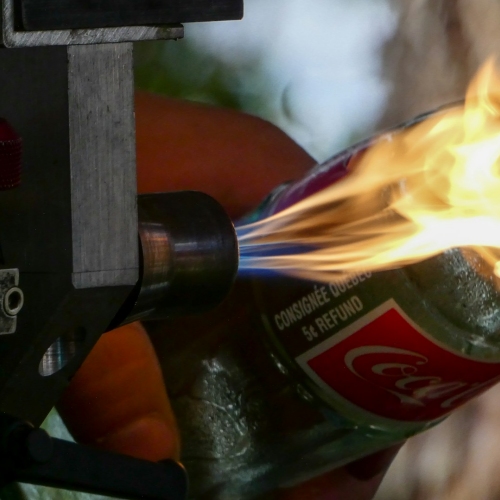Repurposing can be a way to create a new product; perhaps you can salvage or boost sales of a new product by positioning it in a different way. Repurposing can involve taking an existing product or material and using it to create a completely new product with a different function or application.
This might involve creatively transforming the original product into something entirely different from its original purpose. We have seen many examples of these “accidential inventions” in history: Play-Doh, Levis (work overalls), super glue (surgical adhesive), Listerine (antiseptic), etc., and many more in healthcare: botox (muscle spasms), aspirin (pain killer used for blood-thinning). The two most popular examples today are the two billion-dollar blockbuster drugs: the hypertension drug Viagra and the antidiabetic drug Ozempic, which has catapulted its developer, Novo Nordisk, into the stratosphere as a weight-loss drug.
But all that does not help small businesses with limited budgets; it can certainly help us think more innovatively. That does not mean that we do not have a lot of examples to look at:
Repurposing can also involve utilising offcuts or leftover materials from manufacturing processes. Instead of discarding these scraps as waste, they can be repurposed or upcycled into new products or materials.
This can include:
-
The smaller pieces of leather that are left over after a larger item is manufactured (leather offcuts) can be used to make leather rope and smaller leathercraft goods, as well as keyrings for promotional or memorabilia purposes.
-
Offcut material from clothing manufacturing is sold as cleaning rags or "lappies.”
Expired: Also known as “salvage repurpose.”
These are “unused” products that can no longer be used as they have passed their expiration date for their intended purpose.
-
This can be something as simple as milk; sour milk is not consumed and can be repurposed as a baking ingredient to make dougnuts, for example.
-
Another example is sterile surgical blades. After their expiration, they can no longer be used in hospitals, but they are still blades that can be used in manufacturing, gardening, arts and crafts, etc.
I like to keep this separate from end-of-use items. Because they are found in two different places in the supply chain, one has not been used and the other has been used by the consumer. To give you an example: If you are making backpacks from vehicle airbag materials, one source would be the manufacturer: offcuts, the other scrap yards—two completely different places—the manufacturer doesn't have access to the latter.
End-of-Use Products: Repurposing can also involve taking products that have reached the end of their intended use or lifecycle and using them for a different purpose. This can include finding alternative uses for products that would otherwise be discarded or recycled, thus extending their lifespan and adding value in new ways.
This can be:
Repurposing is just common sense in this. It doesn’t make sense to use a new packing pallet or shipping container and cut it up to make something else.

